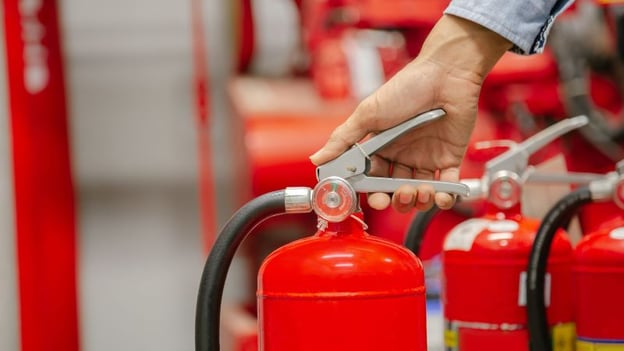Maintenance and repairs are important activities with respect to the ongoing success of an HOA. There's no reason reactive and predictive maintenance programs should seem mysterious. In fact, gaining insight into the differences between them is fairly simple. Read on for a few tips about the three general approaches to HOA maintenance.
Reactive Maintenance. This is the least active approach and it means what it sounds like it would mean. Reactive maintenance doesn't fix anything until time runs out. That presents a difficulty because reactive maintenance usually ends up costing more than the repairs would have cost if done on a preventive maintenance schedule.
Preventive Maintenance. This approach is more proactive than reactive. The term proactive means taking control of a situation and causing something positive to happen -- not just waiting to react when something bad happens. The HOAs that follow this approach schedule monthly and often annual maintenance programs. Preventive maintenance promotes community stability because maintenance staff check for equipment/amenities issues, look for building/fences/railings decay, and arrange to fix the problems before they get any worse.
Preventive maintenance generally costs less than reactive maintenance because the Board has more time to schedule outside vendors or buy the products that in-house maintenance needs to get the work done. It eliminates time-sensitive repairs for which vendors charge a higher fee. Of course, the community may still suffer from unexpected emergency repairs but those are often limited to storm damage or other acts of nature.
The maintenance procedures that fit well into this dynamic are painting, gutter cleaning, winterizing, light bulb replacement in common areas, carpet repair/placement, annual pool cleaning, sports club equipment cleaning/repair, playground equipment maintenance, sidewalk repair, fence mending, and railing repairs. That's an inclusive list that, with a bit of planning, can save the HOA money and keep the grounds looking spruce.
The downside to this type of maintenance program happens when the Board changes its professional manager or the Board itself has a complete turnover. In those instances, the new management team may not pay attention to warranties already in place. Warranties voided mean loss of revenue because the community must pay to replace equipment or services covered for free by the voided warranties.
Predictive Maintenance. This level of maintenance is the most proactive of the three types. Predictive maintenance means constant monitoring of buildings, features, and equipment. It encourages predictability, early problem detection, increased life expectancy for equipment, and helps budget large repairs.
Many communities are moving toward this type of maintenance program. There are, however, several things that have to happen for the move to succeed:
- The maintenance team must keep an updated list of all warranties (both product and contractor) to support the life cycle of all products and projects.
- Maintenance teams must undertake monthly inspections of the buildings, special features and the amenities. Modern technology helps with this task in the form of infrared cameras to inspect buildings and ultrasound detectors for mechanical problems.
- Maintenance teams must also keep equipment and all building systems on the manufacturer recommended maintenance cycle and in accord with manufacturer specifications.
Moving from reactive to predictive maintenance. If you are considering moving from reactive status to predictive status, then -- at a minimum -- you must do these things:
- Keep proper maintenance logs
- Evaluate the community's risk exposure
- Keep a list of those areas that need ongoing maintenance
- Keep a list of the community's special features
Most important of all, the Board must understand what each of these action items entails so they will understand how much work it involves for the maintenance team and the long-term commitment required from the Board. Only then can they truly understand what the program involves in terms of time commitment from team members and from whence the financial and energy savings will come.





